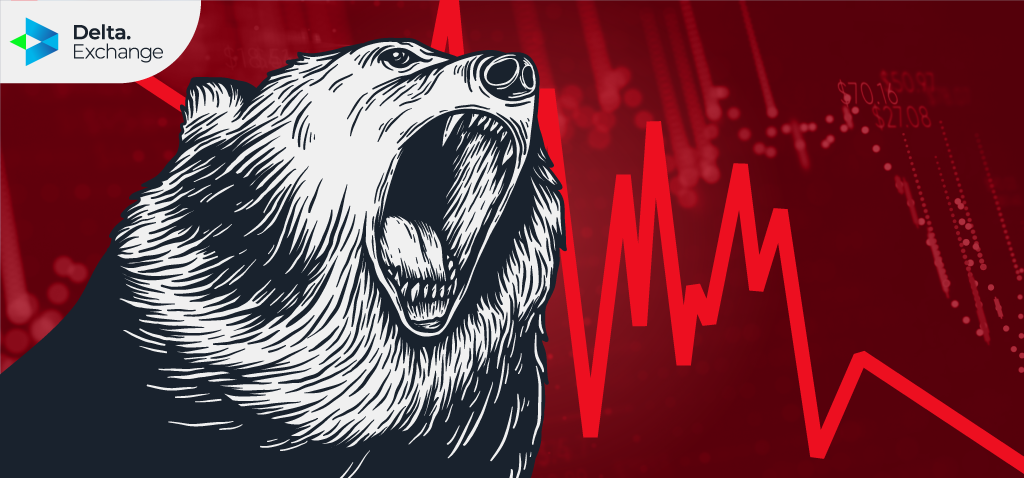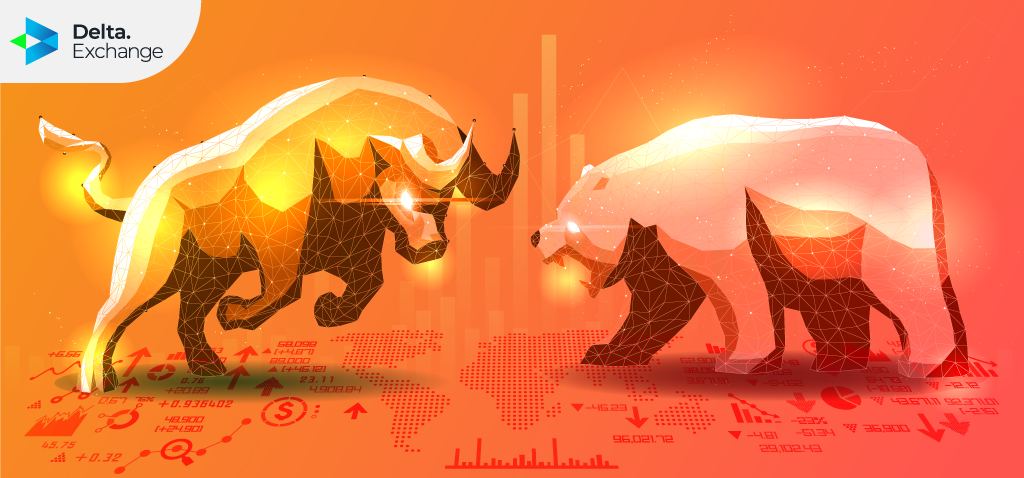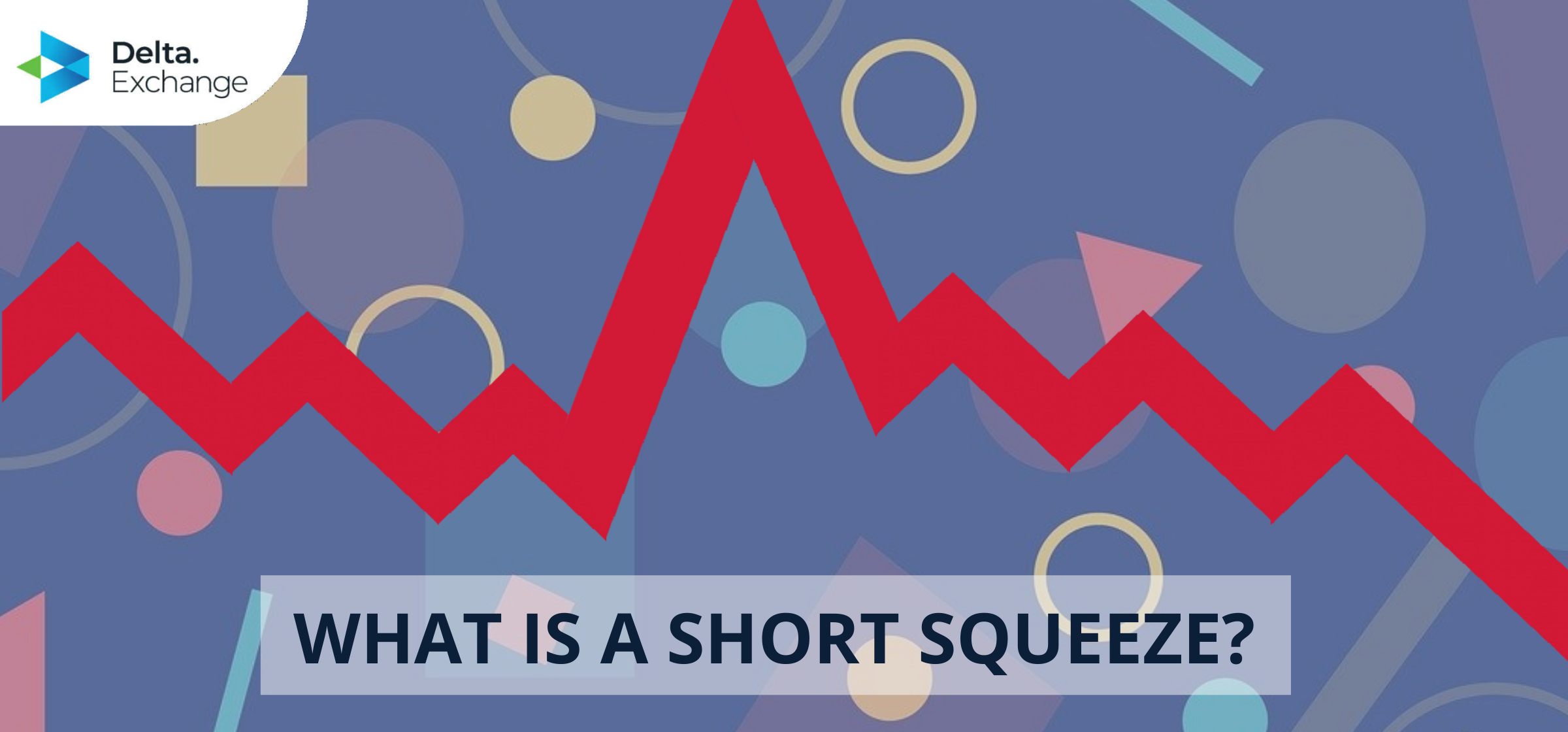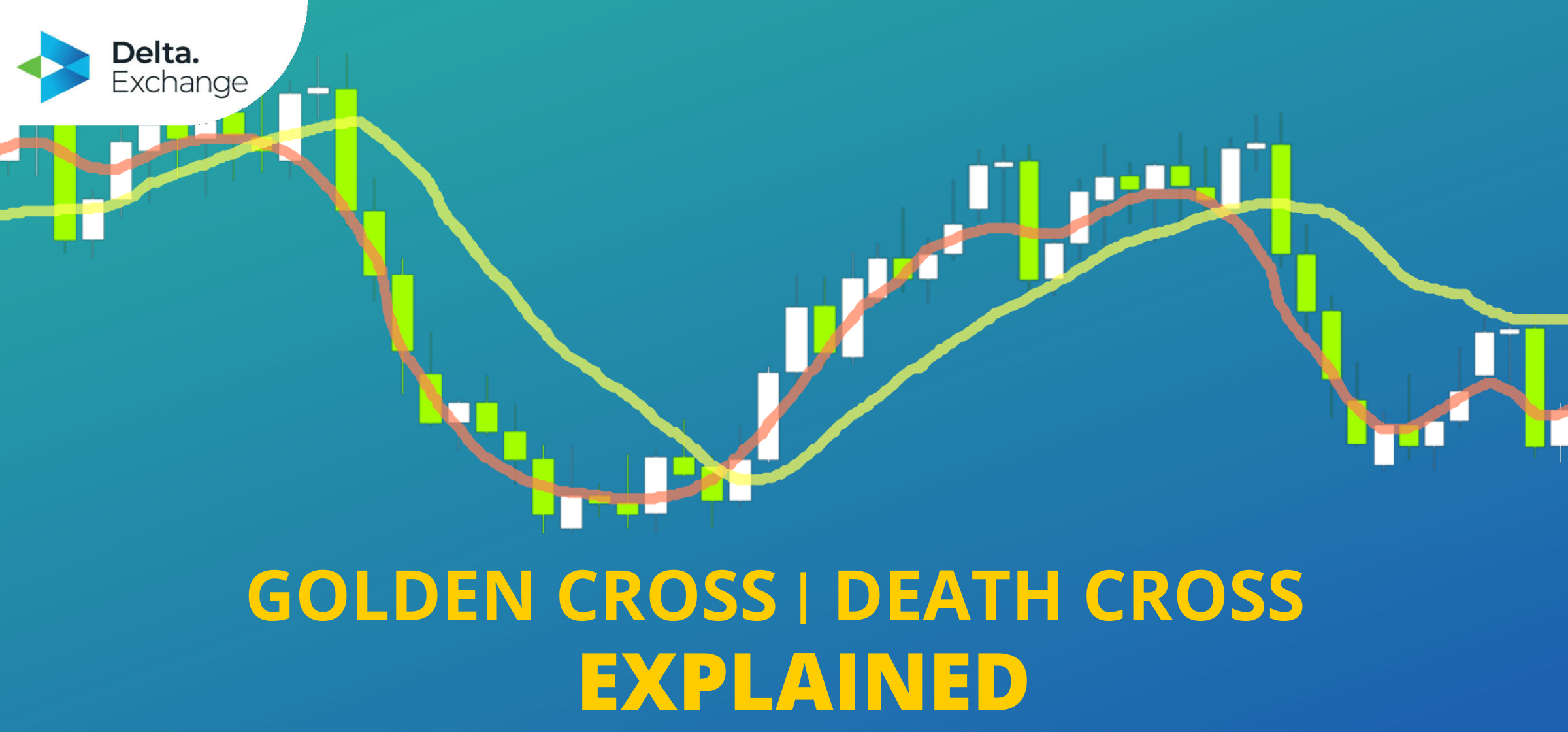Educational
October 19, 2021
What Is A Bear Market?
Shubham GoyalProduct Specialist
A bear market is defined as a drop in the value of a stock index or a single stock. A market is not regarded a true “bear market” unless it has lost 20% or more from its recent highs. Let’s say a business has reported negative earnings and its stock has dropped 30%. We may now consider the stock market to be in a bear market.
Stock prices keep falling in a bear market. As a result, investors expect the downtrend to continue hence the downward spiral persists .During a bear market, the economy slows and unemployment rises as companies downsize.
What causes a bear market?
Poor economic conditions are sometimes the cause of a bear market. Fear or uncertainty on the part of investors is the most frequent cause of a bear market, although a range of other factors also contribute. The most recent one was prompted by the global COVID-19 pandemic. Other historical causes include excessive investor speculation, reckless lending, oil price fluctuations, over-indebted investments, market bubble bursts, wars, geopolitical crises, and significant economic paradigm shifts. A weak or deteriorating economy is marked by low employment, low income, low productivity, and decreasing corporate profits.
How long does a bear market last?
Bear markets lasted some years, others only a few months. The Great Depression, which occurred between March 1937 and April 1942, was the longest bear market in history at 61 months. However, in recent times the bear market has shortened. In 1990 for example, it lasted only three months.
Bear markets have historically been shorter than bull markets. A bear market lasts an average of 289 days or just under 10 months. It occurs every 3.6 years. This is the average frequency of bear markets over time. However, it is important to remember that the stock market can make significant gains even in bear markets.
How to invest in a bear market?
Bear markets are definitely uncomfortable for investors, and no one likes to see their portfolio allocation drop. While stocks trade at a discount, they might be good opportunities to put money to work for the long term.
Trying to catch the bottom is a losing strategy; market timing is notoriously difficult to master, and you never know when the market will bottom. You won’t be investing at the bottom of a bear market, so keep that in mind. You should purchase stocks because you want to own the company for a long time, even if the stock price drops little after you buy it.
Rather than aiming to time the market and investing all of your money at once, a decent approach during a bear market is to steadily increase your stock investments over time, even if you believe prices are at their lowest point. Instead of watching from the sidelines if you make a mistake and stocks continue to fall, you can benefit from new lower prices.
Focus on Quality: It is true that during a bear market, businesses usually close. When the economy falters, companies that are too leveraged or don’t have a strong competitive advantage suffer the most, while high-quality businesses thrive. In such volatile times, focusing on companies with good balance sheets and obvious long-term competitive advantages is necessary.
While it is general knowledge that the ultimate aim of investing is to buy low and sell high, an emotional reaction to price fluctuations has the exact opposite effect. Don’t sell assets you want to own for the long term just because the market goes down.
Bear Market Vs Bull Market
There are two higher indications to look at once it involves the stock market: the bull and the bear. A bear represents a market in fall, whereas a bull shows a market in growth, per market “astrology.”
The bull market is the total opposite of the bear market. Bull markets occur when stock values climb steadily, and they are often accompanied by high consumer confidence, low unemployment, and good economic development. A bear market occurs when the economy is weakening and the majority of stocks are losing value. Bear markets are frequently associated with a slowing economy, although a falling market does not always imply that a recession is impending.
Sure the direction of stock costs determines whether or not a market is in a bull or bear market, still there are extra criteria that investors ought to bear in mind of. In a bull market, there’s an outsized demand for securities and a little offer. To place it in our own way, several investors wish to buy assets, however few wish to sell them. As a result, as investors struggle for available equity, share costs can climb. In a bear market, on the opposite hand, a lot of individuals are desperate to sell instead of get. Demand is far below offer, leading to a decline available costs.
Conclusion
Both bear and bull markets can have a major impact on your finances, therefore it is a sensible plan to pay a while researching the market before making a call. Also keep in mind that the stock exchange has perpetually made a decent come over time.
Bear markets are an integral part of the economic cycle, and that they often cause even bigger market advances. A well-diversified portfolio suited to your monetary goals will assist you heading in the right direction and weathering any market storm.
FuturesTrade Futures & Perpetual Swaps on 25+ crypto assets, with up to 100x leverage
OptionsTrade call, put or MOVE options on BTC, ETH, BNB and LINK
Interest Rate SwapsInterest rate derivatives that enable swap of fixed-floating rates
Mock Trading PlatformLearn Crypto Derivatives trading without risking real capital
Research & AnalyticsExclusive data, charts and analytics to help you trade smarter













